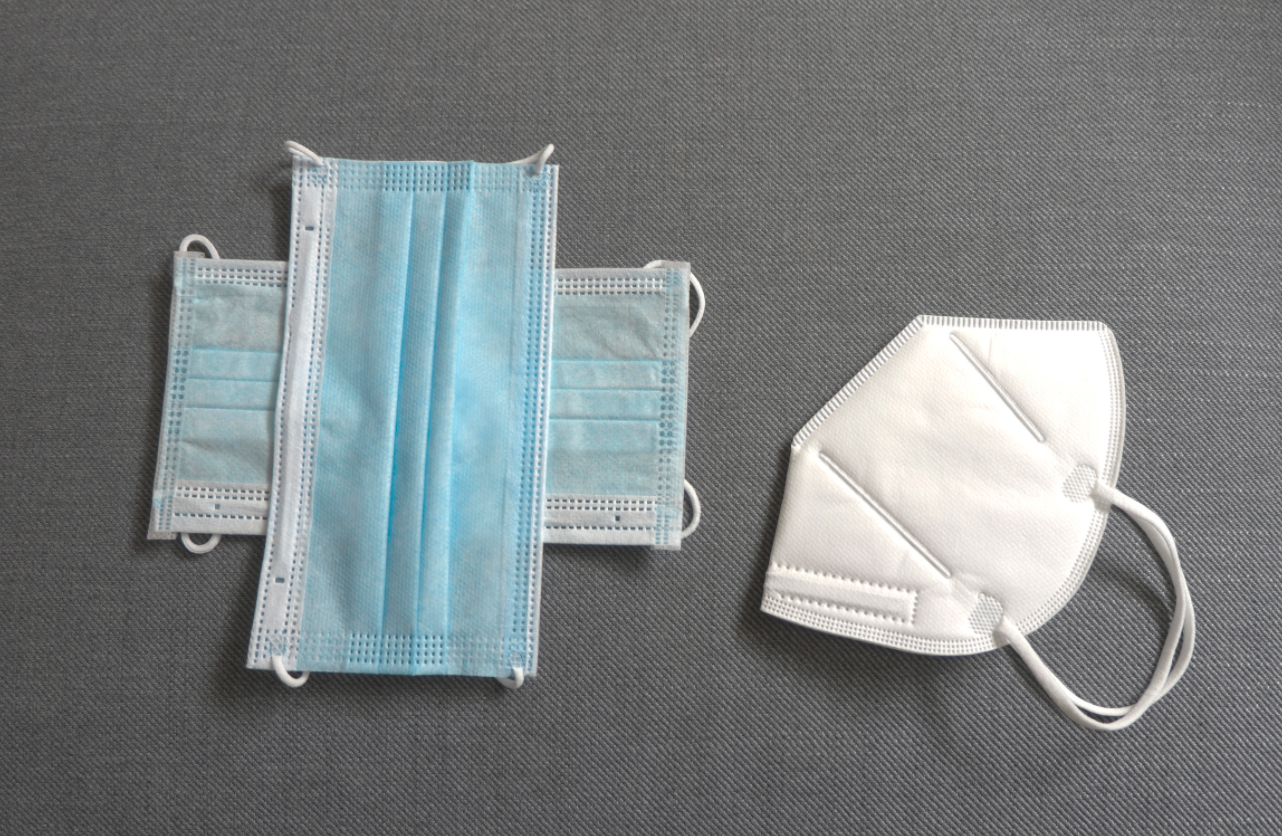
Do you know which masks to wear to stay protected?
Dr Tom Bracewell
The world as we know it has changed fundamentally. Many countries are still under some version of lockdown and widespread travel restrictions remain in place. As more members of the public suddenly claim to be ‘experts’, often sharing misleading ‘facts’, people have a greater need than ever for clear, reliable information.
Social distancing is of course essential, but it’s important to bear in mind that virus-filled droplets generated by coughing and sneezing can travel up to eight metres. This may render the two-metre distance somewhat unhelpful unless reinforced by an additional barrier: a mask.
The basic science of how viruses spread and how masks work makes it clear that any kind of barrier is better than none. However, not all masks are created equally.
Currently, there are two main types of face masks: surgical face masks (also known as simple face masks) and respirator masks (such as N95 FFP2 respirator masks). Unlike surgical masks, which are unable to filter out virus-containing droplets, respirator masks help protect against small droplets and particles including aqueous and oily aerosols, smoke, and fine dust. For this reason, respirator masks are an important tool for use during the COVID-19 pandemic.
There are two classifications of respirator masks, FFP2 and FFP3 which filter at least 94% and 99% of airbourne particles respectively. The more particles that need to be filtered, the greater the number of filter material layers. The different layers fulfil a variety of functions including aesthetics, comfort, stability, tear-resistance and of course, filtering.
A study published by the UK’s Health and Safety Executive, Evaluating the protection afforded by surgical masks against influenza bioaerosols, found that respirators provided a much higher level of protection against viruses. The study focused on the effectiveness of surgical masks against a range of airborne particles and through separate tests measuring ‘levels of inert particles and live aerosolised influenza virus’.
The results showed that, when compared to the baseline level, surgical masks produced a 6-fold reduction in exposure, meaning that live virus cells could be detected in the air behind all models of mask tested. In comparison, a well-fitted respirator provided a 100-fold reduction as a minimum, providing meaningful protection from virus particles.
While masks do not guarantee 100% protection for the wearer, if used correctly, they can considerably reduce the likelihood of infection.
Ultimately, while surgical masks can help prevent transmission of infectious agents by large droplets, they do not protect against airborne infectious agents in smaller droplets, such as viruses. As such, surgical masks will be less effective at protecting the wearer from potential infection by COVID-19.
Whereas FFP2 masks can filter at least 94% of airborne particles. A British consumer healthcare company, Clinova, are producing trusted and certified FFP2 standard masks.
COVAFLU™ FFP2 Respirator Face Masks, a trusted pandemic defence staple since 2007, help protect against pandemic viruses and other diseases by helping to prevent the virus from entering the body through the mucus membranes of the mouth and nostrils.

Covaflu FFP2 Face Masks
Disposable high-filter individually wrapped face masks to help protect against respiratory viruses.


